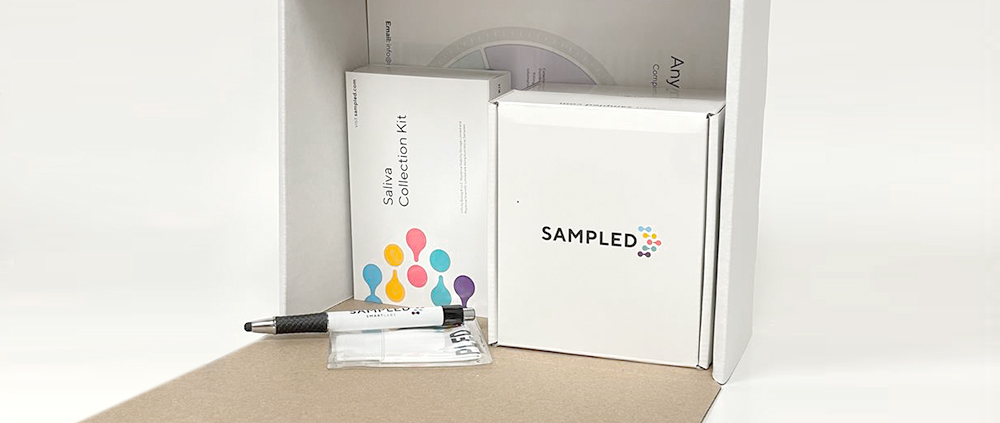Services > Multiomics > PCR
Droplet Digital PCR
Sampled’s expert molecular biologists provide cutting-edge Droplet Digital PCR (ddPCR) services, using advanced BioRad technology for ultra-sensitive detection and precise quantification of DNA and RNA from a range of samples.
What is Droplet Digital PCR?
Droplet Digital PCR (ddPCR) is a breakthrough technology that provides ultrasensitive nucleic acid detection and absolute quantification.
By utilizing advanced partitioning techniques to divide a nucleic acid sample into thousands or millions of individual droplets, ddPCR offers unparalleled precision and sensitivity. It is highly effective for resolving low abundance targets, such as allelic or structural variants, that can be below the detection level of other platforms.
Whether your focus is identifying specific allelic variants in genetic research, structural changes in genomes for clinical diagnosis, or even low-level pathogen detection in environmental science, ddPCR’s ability to perform absolute quantification sets it apart from other techniques. Absolute quantification is crucial in applications requiring a direct and accurate count of target molecules, offering a clear advantage over relative quantification methods. At Sampled, our expert team has the experience and technical abilities to assist with your ddPCR needs, whatever the project.
Why Use Sampled’s Droplet Digital PCR Services?
Highly Specialized Technology and Expertise
Droplet digital PCR is a highly specialized technique that requires advanced technology and expertise that many labs don’t have access to. At Sampled, our team has knowledge and experience in every step of the ddPCR pipeline, from sample preparation to data analysis. Moreover, we have all of the required facilities and technologies in-house and are proud to offer ddPCR through BioRad’s advanced QX200 Droplet Digital PCR System.
Cost-Efficient
The high capital costs of reagents, equipment, and maintenance can represent a barrier to ddPCR capacities. Outsourcing ddPCR to Sampled provides the required equipment and expertise while eliminating the upfront costs associated with purchasing and maintaining equipment and reagents, ensuring you only pay for what you use.
Data Analysis Support
Sampled’s services don’t end when the samples are processed and the assays are complete. Our in-house team of bioinformaticians can assist you with all your data analysis needs to ensure you get the most out of your ddPCR data.
Droplet Digital PCR Applications
Here at Sampled, we offer a comprehensive portfolio of ddPCR assays with wide-ranging research and clinical diagnostic applications, including:
- Mutation detection
- Vector Copy Number determination
- Genome edit detection
- Gene expression
- Expert design assays
- Residual DNA quantification
- Library quantification
- Pathogen detection
How Does Droplet Digital PCR Work?
Sample Processing
At Sampled, we work with a wide variety of samples for ddPCR. DNA and RNA can be extracted and isolated from complex samples by our in-house experts or provided directly by our clients. Either way, we perform robust quality control analysis to ensure that only high-quality DNA and RNA are taken forward for further processing.
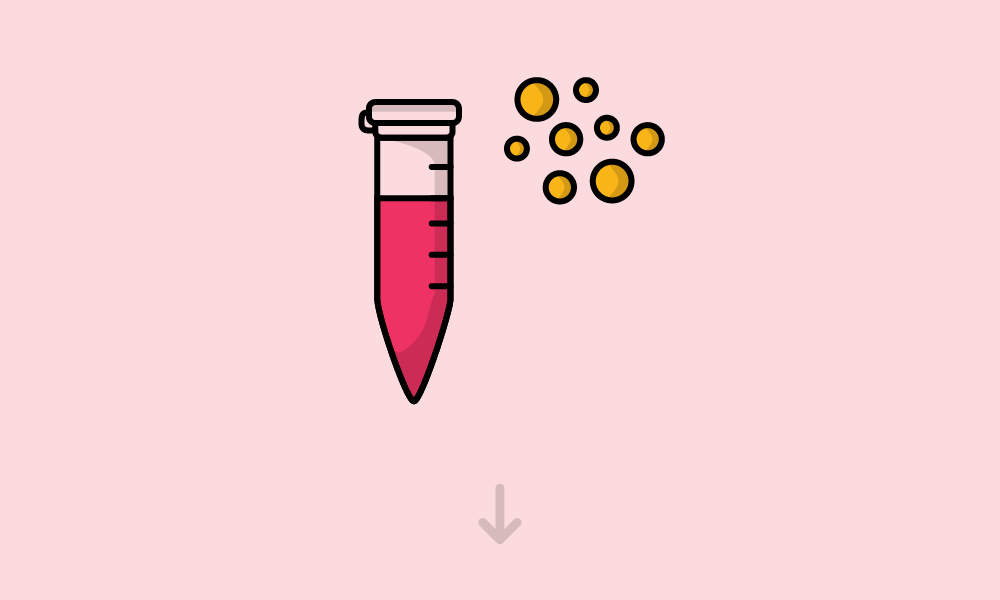
Sample and Droplet Generation
Samples are prepared the same way as they would for any real-time PCR analysis. This includes the addition of primers, fluorescent markers, and a supermix designed for droplet formation. Next, prepared samples are loaded into the QX200 Droplet Generator, a device that employs unique reagents and microfluidic technology to divide each sample into 20,000 droplets, each with a nanoliter volume. The droplets produced by the QX200 are consistently uniform in size and volume.
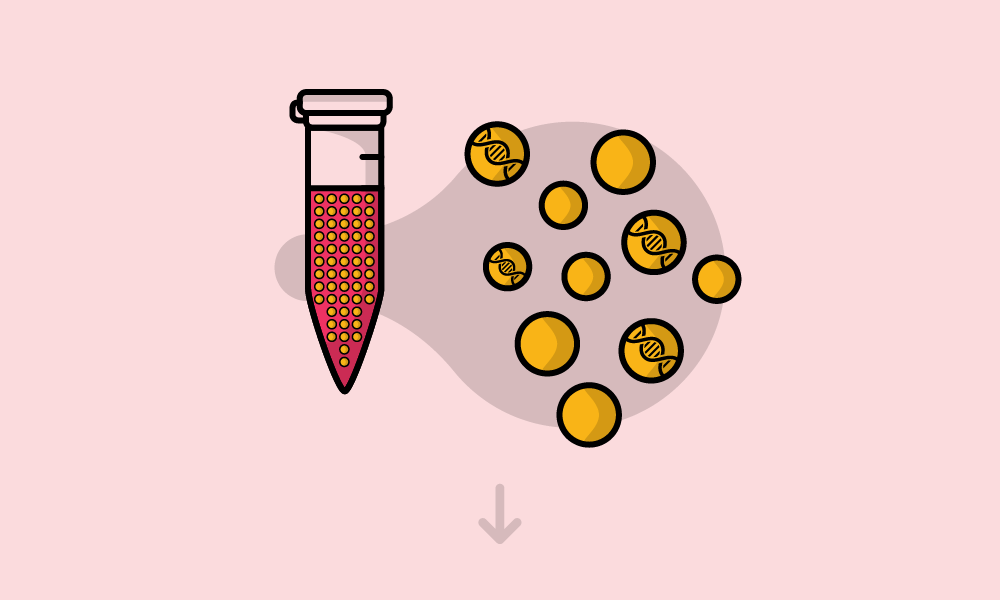
PCR
Droplets are transferred to a 96-well plate and amplified by PCR using a compatible thermal cycler.
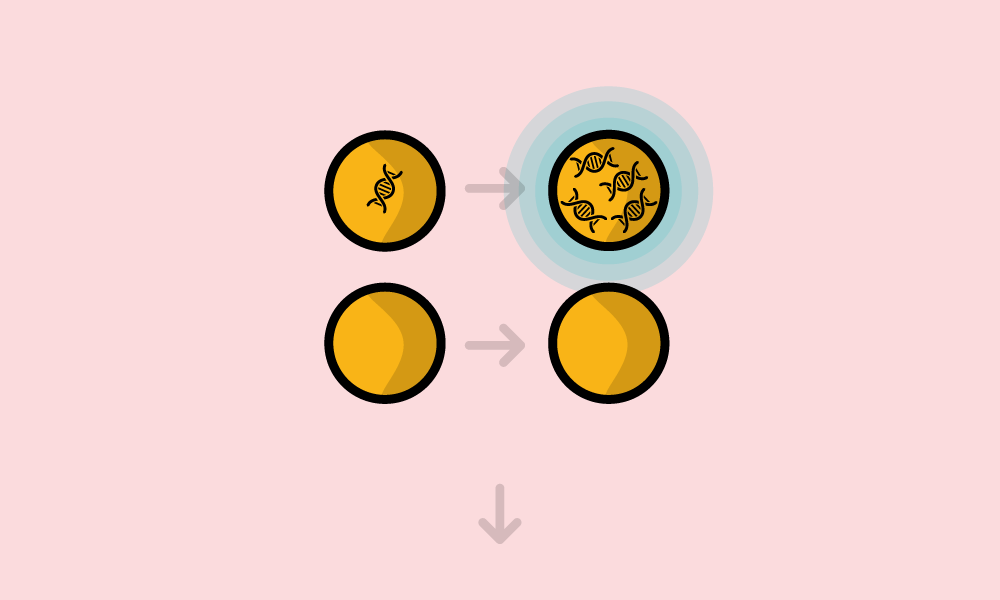
Droplet Reading
After the target nucleic acids within the droplets have been amplified via PCR, the samples are transferred to the QX200 Droplet Reader for analysis. This device uses a calibrated dual-color detection scheme, which allows simultaneous examination of multiple targets within the same sample. The Droplet Reader, in conjunction with its accompanying software, counts the droplets that are PCR-positive and PCR-negative.
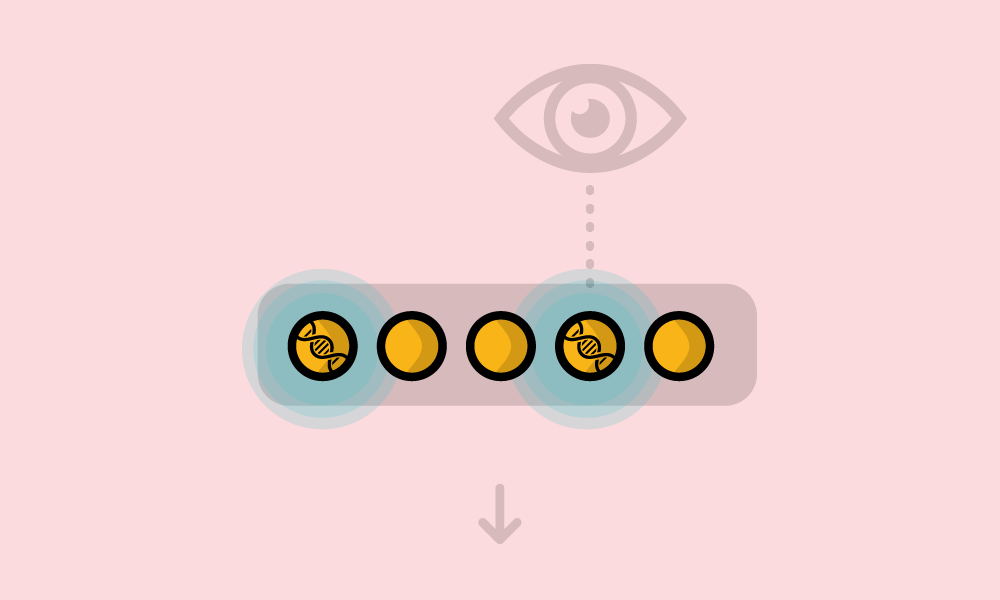
Data Analysis
Your data can then be analyzed to determine the number of positive and negative droplets in each sample based on their fluorescence. This data can be plotted graphically, and statistical analysis can be carried out by our expert team of bioinformaticians.
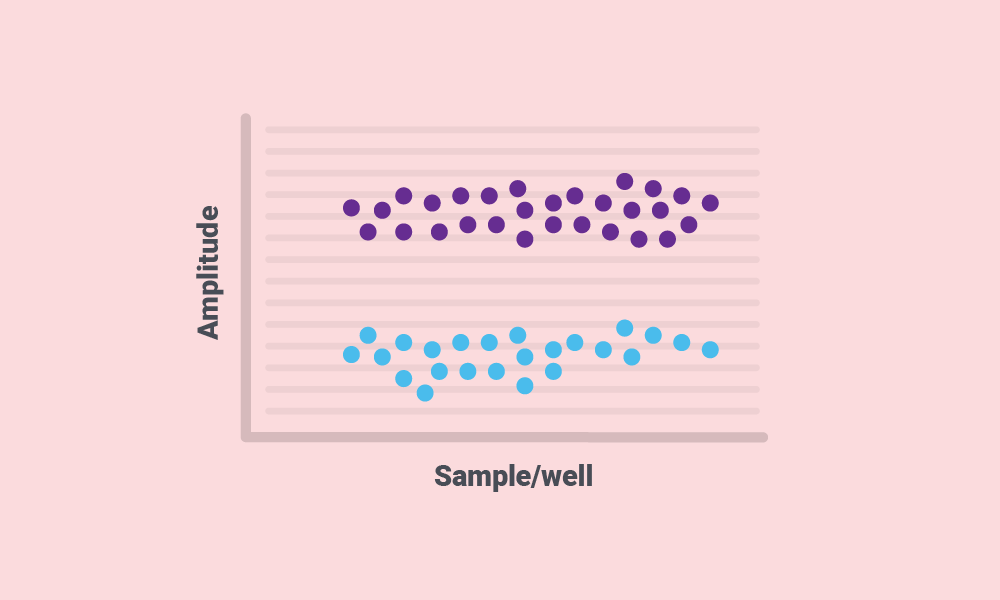
What Are the Input Requirements for Droplet Digital PCR?
The team of technical experts at Sampled can process a wide variety of samples for ddPCR. These include:
| Item | Type |
|---|---|
| Sampled Types | High-quality DNA and RNA sourced from, blood, serum, saliva, tissue biopsies, hair, nail, stool, urine, semen, and cell line samples/pellets, buccal swabs, environmental samples We also work with pre-extracted DNA |
| Storage/Transport Conditions | Pre-extracted DNA should be transported at 4°C (or as close to the previous storage conditions as possible). For information on other tissue types please contact a member of our team |
Find out more about Sampled’s ddPCR service
Interested in finding out how outsourcing ddPCR to Sampled can accelerate your project? Get in touch and have a chat with one of our expert team members today!

